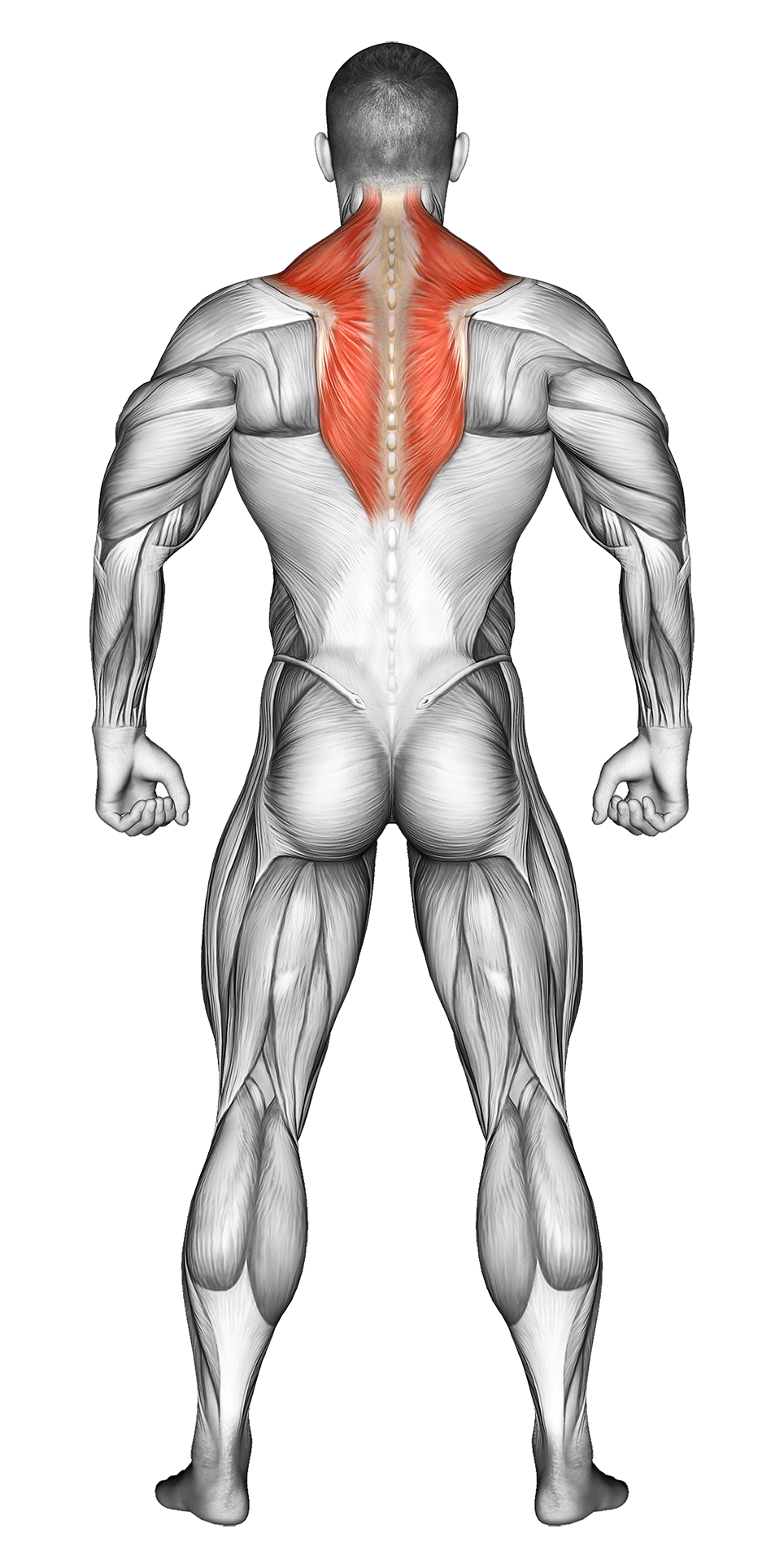Cable Lateral Raise: Video Tutorial & Exercise Guide
| Workout | Cable Lateral Raise |
| Primary Muscle Group | Shoulders |
| Secondary Muscle Group | Traps |
| Equipment Required | Cable |
| Force Type | Pull |
| Mechanics | Isolation |
| Exercise Type | Strength |
| Difficulty | Intermediate |
Cable Lateral Raise: Video Tutorial & Exercise Guide
Muscle Groups
- Primary Muscle Group- Secondary Muscle Group
Cable Lateral Raise - Step-by-Step Guide
Cable Lateral Raise Overview
Benefits of Cable Lateral Raise
Cable Lateral Raise Pro Tips & Advanced Techniques
Progression Plan for Cable Lateral Raise
Frequently Asked Questions (FAQs) Of Cable Lateral Raise
Secondary Muscles
How to do the Cable Lateral Raise – Step-by-Step Guide
- Step 1: Attach a single handle to the lowest pulley of a cable machine. Stand to the side of the cable machine, grabbing the handle with the hand farthest from the machine.
- Step 2: Stand with your feet shoulder-width apart and your body upright. Keep a slight bend in your elbow, and hold the handle in front of you with your palm facing inward.
- Step 3: Keeping your arm slightly bent, lift the handle up and out to your side, stopping when your arm is parallel to the floor. Focus on lifting with your shoulder rather than your hand.
- Step 4: Hold the top position for a second, squeezing your lateral deltoid (side shoulder muscle), then slowly lower the handle back to the starting position.
- Step 5: Repeat for the desired number of reps, then switch sides and repeat the movement with the opposite arm.
Cable Lateral Raise Overview
The Cable Lateral Raise is an effective isolation exercise for targeting the lateral deltoids (side shoulders). The use of a cable machine ensures constant tension throughout the entire range of motion, which can lead to greater muscle activation compared to free weights.
This exercise is excellent for improving shoulder width and building a more defined upper body. It also helps improve shoulder stability and strength, making it a key movement for athletes and fitness enthusiasts alike.
Benefits of the Cable Lateral Raise
Cable Lateral Raises help to isolate and strengthen the lateral deltoid muscles, which are key to building broader, stronger shoulders. The constant tension provided by the cable machine maximizes muscle engagement, helping to improve shoulder definition and symmetry.
This exercise also improves shoulder mobility and stability, which can help prevent injuries and enhance performance in other upper-body exercises like presses and rows.
Cable Lateral Raise: Pro Tips & Advanced Techniques
Keep your movements slow and controlled to maximize muscle activation. Avoid using momentum or swinging your body to lift the weight. Focus on squeezing your deltoids at the top of each rep for maximum contraction. For an added challenge, increase the weight or perform slower reps with a pause at the top. You can also try performing the exercise while seated to reduce the possibility of using momentum.
Progression Plan for Cable Lateral Raise
| Level | Sets | Reps | Progression Strategy |
|---|---|---|---|
| Beginner | 3 | 10-12 | Start with light weights, focusing on proper form and full range of motion. Gradually increase the weight as you become stronger. |
| Intermediate | 4 | 8-10 | Increase the weight slightly, focusing on maintaining control throughout each rep. Consider performing slower reps to increase time under tension. |
| Advanced | 4-5 | 6-8 | Use heavier weights, focusing on slow, controlled reps. Hold the contraction at the top for 2-3 seconds to maximize muscle engagement. |
Frequently Asked Questions (FAQs) of Cable Lateral Raise
What muscles do Cable Lateral Raises target?
Cable Lateral Raises primarily target the lateral deltoids (side shoulders), while also engaging the traps and upper back for stability.
How can I make Cable Lateral Raises easier?
To make the exercise easier, use a lighter weight or resistance and focus on mastering proper form. You can also perform the exercise with a shorter range of motion until you feel more comfortable.
How do I increase the difficulty of Cable Lateral Raises?
To increase difficulty, use heavier weights or slow down the movement to increase time under tension. You can also add a hold at the top of the movement for 1-2 seconds.
How often should I do Cable Lateral Raises?
Incorporate Cable Lateral Raises 1-2 times per week as part of your shoulder or upper-body workout routine. They pair well with pressing movements for balanced shoulder development.
What common mistakes should I avoid?
Avoid using momentum or swinging your body to lift the weight. Focus on slow, controlled movements to ensure proper form and maximize muscle activation.
Share

